The Samsung Galaxy Camera at 10: why I'd love to see this lost classic reborn
Opinion: A modern-day Galaxy Camera would be a killer compact
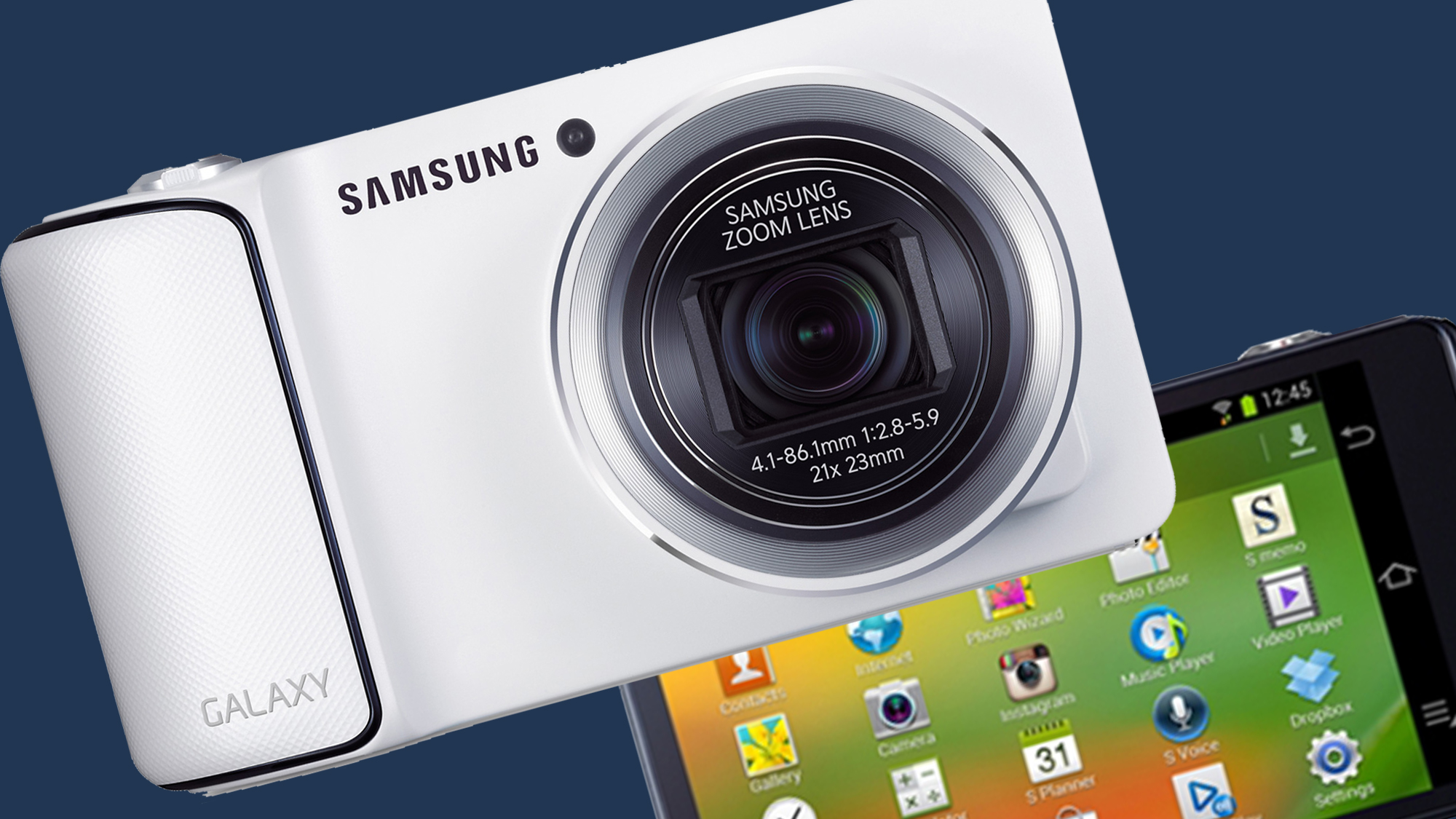
Ten years ago today, the future of compact cameras arrived. Or so it seemed. Samsung launched the Galaxy Camera to a baffled crowd at the IFA 2012 trade show, who'd assembled to see the Galaxy Note II. The Android-powered compact was weird, ahead of its time, and sadly short-lived. But it's also a concept that I'd love to see remade with today's camera technology.
That might sound like a strange thing to say about a Frankensteinian idea that was so obviously of its time. The Galaxy Camera was born in the age before computational photography took our phones to incredible, compact-killing heights. To build it, Samsung effectively took the Galaxy S III, removed the phone, then slapped on a compact camera with a 16MP sensor and 21x optical zoom. The plan was the make one of the best point-and-shoot cameras ever and it almost succeeded.
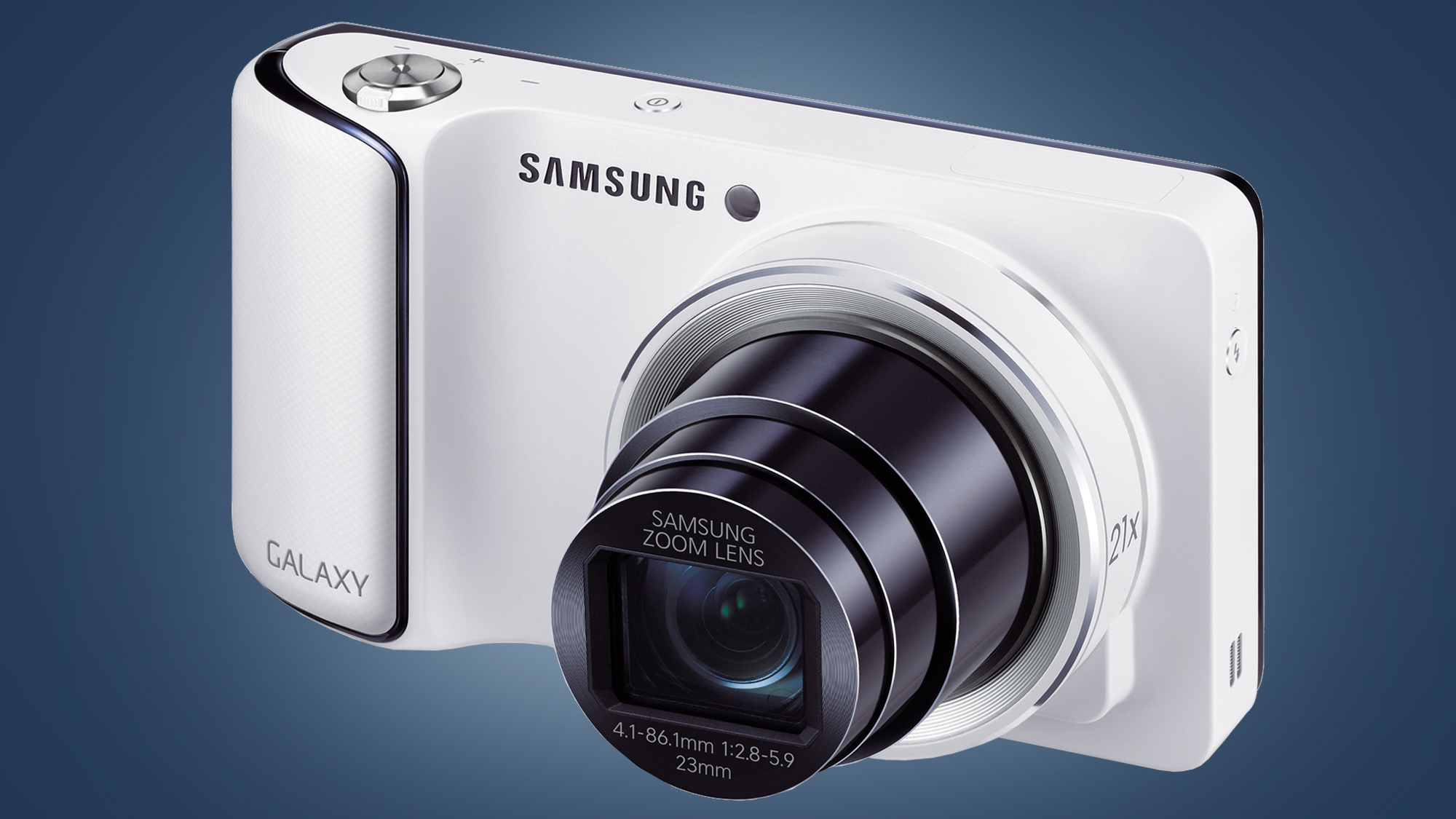
That's all been made completely obsolete by today's camera phones, right? After all, the Galaxy S22 Ultra has four cameras, including 10x optical zoom plus a 30x-to-100x Space Zoom. Just looking at the Galaxy Camera today shows the incredible advances that have been made in mobile photography in only ten years.
And yet, the concept behind Samsung's Android-powered camera remains a really appealing one to me. Its huge 4.8-inch touchscreen, with its decent 306ppi pixel density, still outshines most of today's mirrorless cameras. And the convenience of having every editing app and social network on your camera is still a distant dream for photo and video creators.
But looking back at the Galaxy Camera has also got me dreaming about the kind of compact travel camera that could be possible with Samsung's tech today...
Early adopter
There was a simple reason why the Samsung Galaxy Camera got such mixed reviews back in 2012; it didn't take particularly good photos. Particularly for a camera that cost $499 / £399 / AU$599.
It was effectively a Samsung WB850F compact camera fronted by an Android Jellybean 4.1 phone, and back then point-and-shoots weren't trying very hard. The Galaxy Camera had a 16MP 1/2.3-inch sensor, which is smaller than the ones in most of today's phones, and only offered some sluggish contrast-detect autofocus.
Sign up for breaking news, reviews, opinion, top tech deals, and more.
This all meant that you couldn't really push the Galaxy Camera beyond ISO 1600 without it looking like someone had attacked your snaps with Photoshop's Smudge tool. Night Modes were several years away and this Android compact really was constrained by the camera tech of the time.
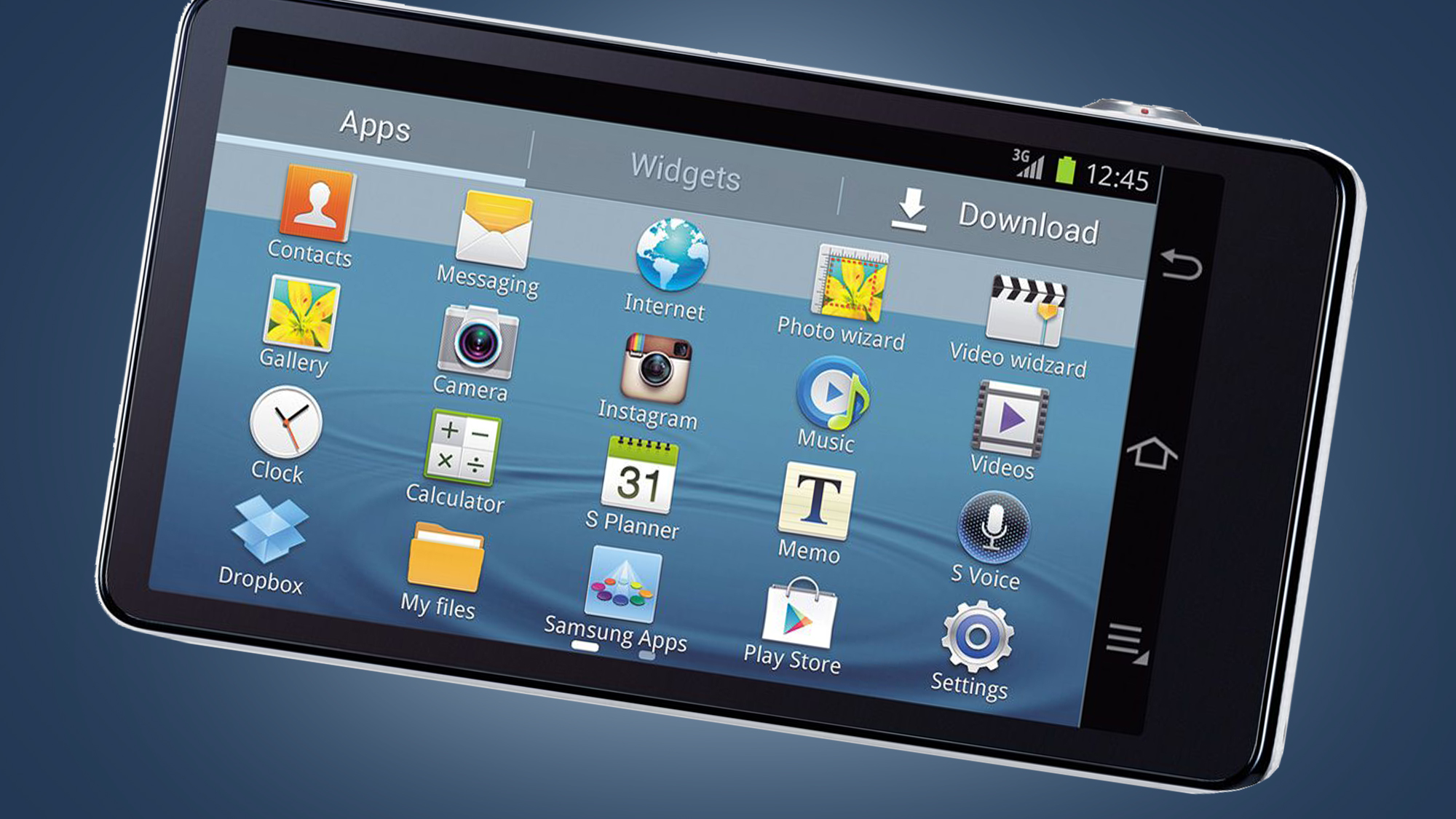
What it really did nail, though, was a new kind of photo-taking experience. Android Jellybean may now look like a school coding project, but it was a stable home for lots of useful apps – Angry Birds, of course, but mainly photographic ones like Snapseed, Photoshop Express, Instagram, and EyeEm.
The Galaxy Camera wasn't just stock Android bolted onto a compact either. Because Samsung actually made proper cameras back then – including some of the most innovative of the era, like the Samsung Dual – it also put lots of effort into the camera interface itself.
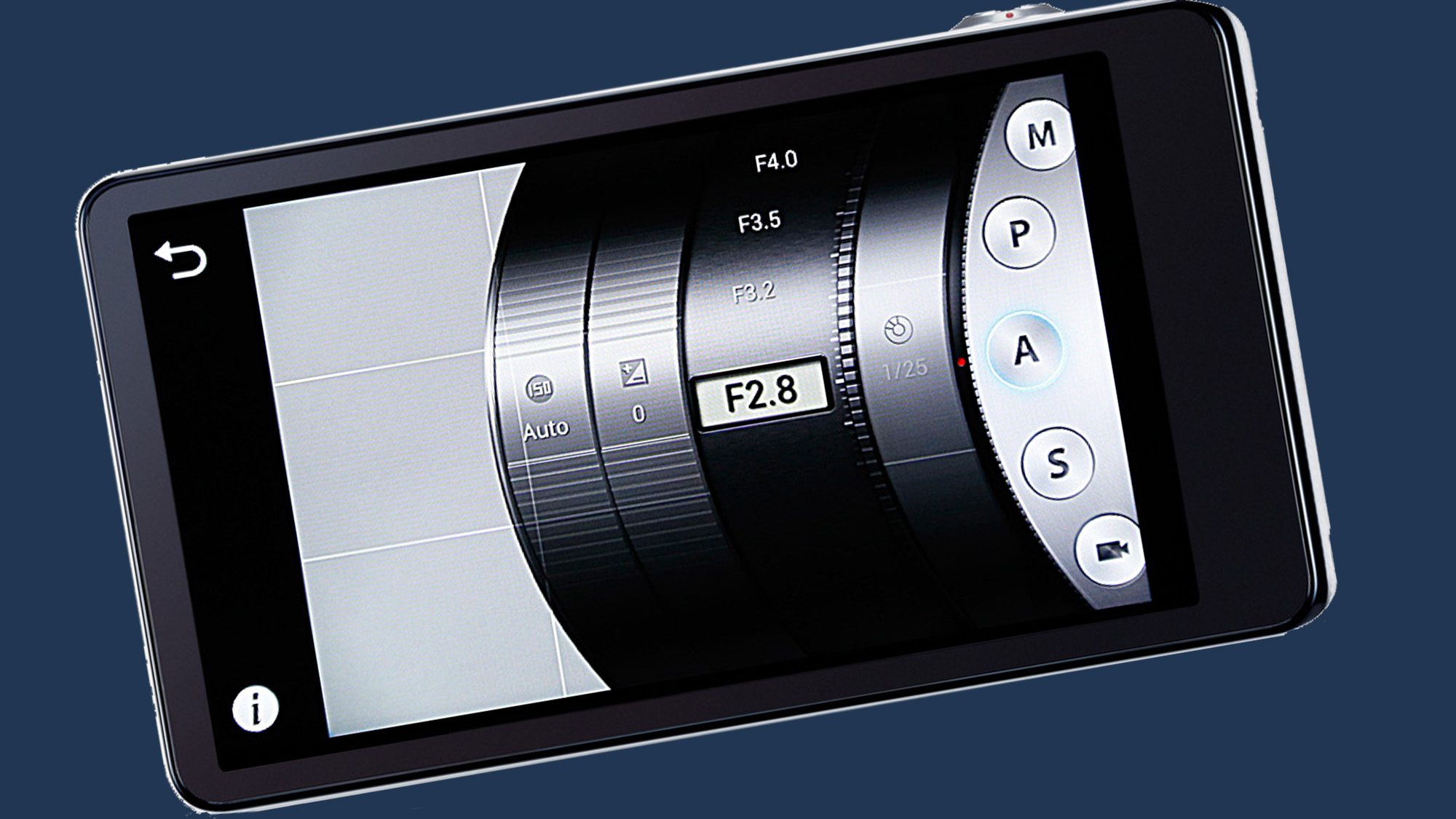
Alongside "Auto" and "Smart" modes, a neat "Expert" interface (above) gave you access to things like aperture priority or exposure compensation, letting you turn the rings with a flick of your finger. It was fun to use, with our Samsung Galaxy Camera review concluding at the time that "many of the people we showed it to – both photographers and non-photographers – have told us that they want one".
Unfortunately, not quite enough to actually buy one, it seems. The Galaxy Camera concept limped on for another couple of years with the arrival of the Galaxy Camera 2 and the mirrorless Galaxy NX, before Samsung abruptly packed up and left the camera business in 2015.
There were good reasons for it to do so, most likely some panicked scrawlings from the finance department on its balance sheet. But that doesn't mean I can't help but wonder what Samsung could do with the Galaxy Camera concept today in this new era of computational photography.
A new premium compact
There are still many occasions where I find myself caught "in-between" my smartphone and mirrorless camera for photography: on day out walking during a city break, live music shows where the security treats "proper" cameras like concealed weapons, family reunions, and so on.
This is why the "premium" compact camera is still a big thing among photographers. Popular models like the Fujifilm X100V and Ricoh GR IIIx are built for everyday snapping and observational street photography, and they're perfectly evolved for that.
But we now have the technology to create a next-gen compact, a true all-rounder that'd be another step above our smartphones. The only trouble is, Samsung is probably the only company that could make it.
A modern-day Galaxy Camera would have to be made by one of the computational photography giants. It's pretty clear that neither Google nor Apple has a taste for doing that, barring the miraculous rebirth of the Apple QuickTake. And Sony is clearly wedded to the phone route with the Sony Xperia Pro-I. So Samsung, you're up.
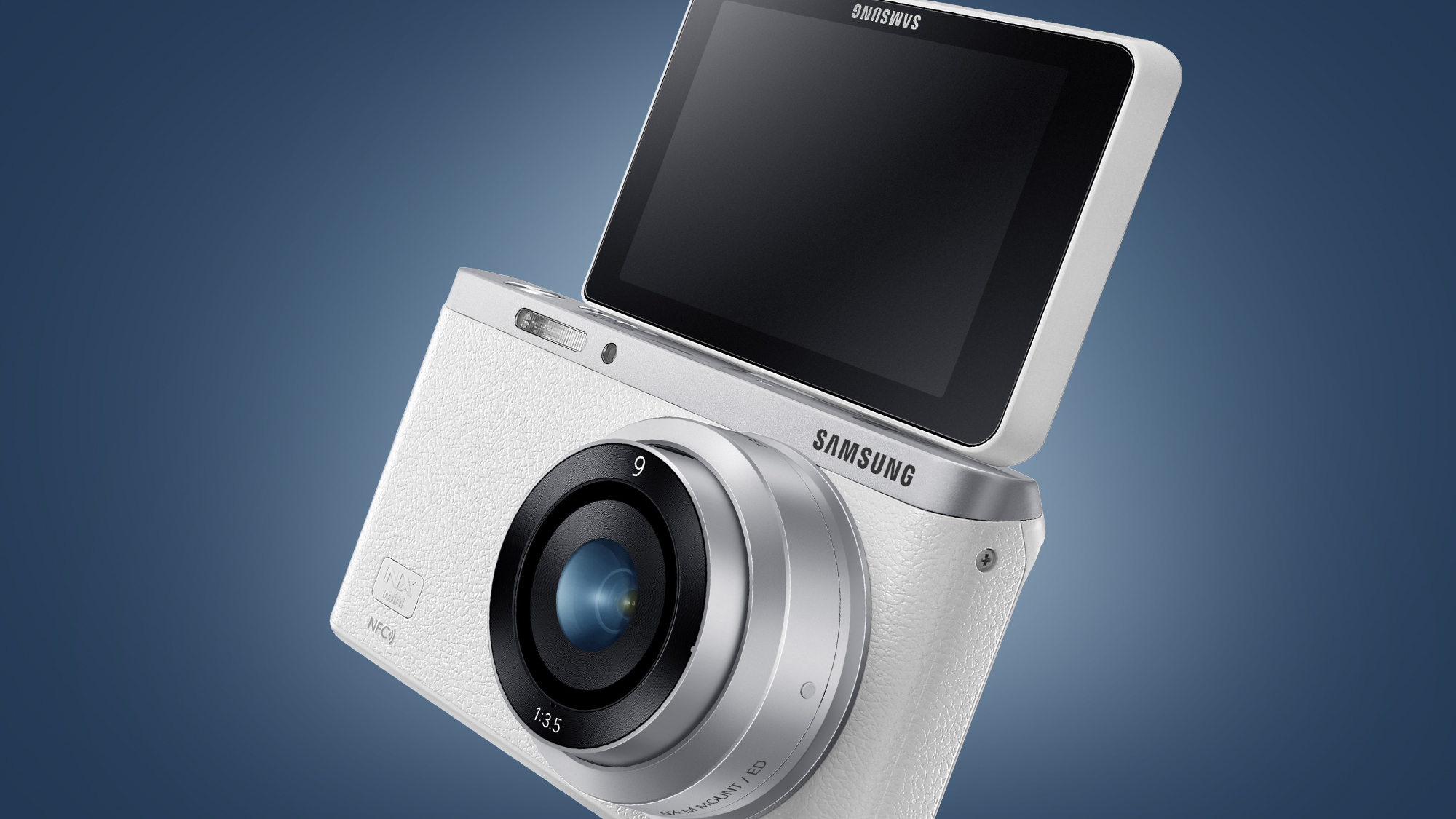
What would my ideal Samsung Galaxy Camera 3 look like? Something like a cross between the original model and the Samsung NX Mini (above) would be nice. One of my main issues with smartphone shooting is the ergonomics, so the former's small-but-helpful grip would be very welcome.
A tilting (or fully articulating) screen like on the NX Mini would be a must for both photos and video. This would help it double as a compact vlogging camera with the skills to trounce the Sony ZV-1, as would including a USB-C port that could connect directly to mics like the Rode Wireless Go II. A pop-up viewfinder, like on the Canon G5 X Mark II, would be a major bonus, perhaps instead of a flash.
On the back, there'd be a large (but not too big) 5-inch touchscreen with 500dpi pixel density for a phone-like experience when reviewing, editing, and sharing snaps. Samsung's new "Expert Raw" app – found on phones like the Galaxy S22 Ultra – would come pre-installed for manual controls. And another big advantage of an Android camera, of course, would be installing customizable launchers like Nova, Minimalist, or perhaps a new photo-centric alternative.
This kind of interface tweakability would make today's mirrorless cameras feel like complete dinosaurs. At the same time, I'd be very happy for Samsung to continue with one of the main criticisms of the original Galaxy Camera – no phone calls. WhatsApp messages via Wi-Fi or a 4G data plan would be more than enough distraction while I'm out taking photos.
All of this would be window dressing, though, for some photographic skills that would (in my unrealistic dreams) take point-and-shoot photography to new heights...
Part of the process
The main driver behind the rise of computational photography has been overcoming the limitations of smartphone sensors and lenses. But the thing that still hasn't been truly explored (beyond, perhaps, the OM System OM-1) is what those algorithms could do when combined with larger sensors and true optical zoom. With today's processing power, that's what a next-gen Galaxy Camera could do.
Recently, Samsung has shown a propensity for chasing headline-grabbing megapixel counts with its new sensors. The Galaxy S23 Ultra has been tipped to get its new 200MP ISOCELL HP1 sensor, which has already landed on the China-only Moto X30 Pro. But I'd prefer a Galaxy Camera to keep its processing focused more on intelligent stacking (combining the best parts of several frames) than pixel-binning.
It could combine a 20MP 1-inch or Four Thirds sensor with a true optical zoom lens. I'd be happy to trade some of the reach of the Galaxy Camera's 21x zoom for pocketability and a larger sensor – the Sony RX100 VII, for example, offers a great 24-200mm f/2.8-4.5 lens. Alongside that, a powerful mobile processor like an Exynos 2200 or Snapdragon 8 Gen 2 could use all that light to do some impressive multi-frame raw processing and computational trickery.

The latest smartphone periscope lenses are great, but I'd be interested to see what super-resolution techniques can do with a much better optical zoom lens. Samsung's latest AI algorithms could also deliver subject-tracking autofocus, HDR video and low-light noise reduction, plus specialist modes like astrophotography.
You only need to look at the OM System OM-1 to see what other modes are possible. Unusually for a mirrorless camera, the OM-1 has a dedicated "computational modes" section, where you can find helpful tricks like Focus Stacking (helpful for macros), High Res Shot mode, and Live ND (for long exposure effects). To get all of this, and more, in a pocketable camera with smartphone-style menus and connectivity would be pretty incredible. Sadly, it almost certainly won't happen.
Out of time
Realistically, the market just isn't there for a next-gen Samsung Galaxy Camera, no matter how good it is. The number of people who are prepared to carry a standalone camera alongside their phone is now pretty small. And Samsung's imaging tech is now very much geared towards the likes of the S22 Ultra. But that doesn't mean that others aren't trying to fill the gap.
The Alice Camera, a Micro Four Thirds camera that uses your phone as its brains and screen, is due to finally start shipping in September. It's a little more clunky than an all-in-one solution like the Galaxy Camera, but the fundamental idea is the same, albeit with more of a vlogging focus.
As one if its co-founders Liam Donovan told me last year: "there's a whole generation of people who have grown up with smartphones in their pockets and if you gave them a mirrorless camera they'd have no idea what to do with it. We wanted to bring a high-quality optical system to those people so they can actually benefit from it." I'm looking forward to seeing the final result soon.
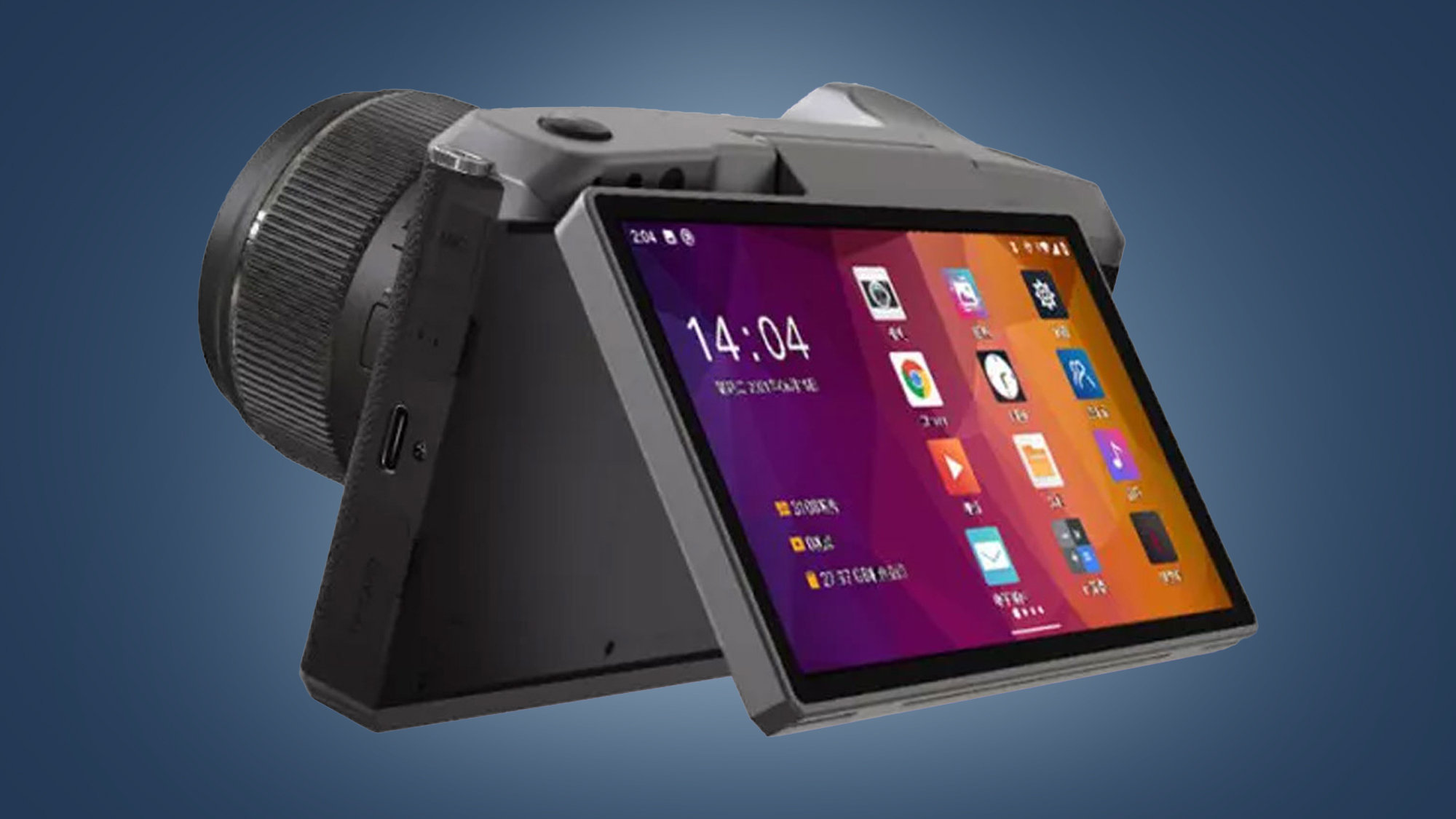
Perhaps the closest thing to a modern-day Galaxy Camera, though, is the Yongnuo YN455 (above). It combines Android OS with a Micro Four Thirds sensor, a 5-inch touchscreen, livestreaming powers and 4G connectivity. But it's China-only and doesn't include the computational trickery that would really make a new Galaxy compact fly.
Ten years on from the Galaxy Camera, then, it's destined to remain a fascinating relic from an era when one of the big tech giants tried to re-invent standalone cameras with smartphone tech. Samsung has subsequently done that spectacularly with its Galaxy phones, but that doesn't make me want a sequel to its smart compact camera any less.

Mark is TechRadar's Senior news editor. Having worked in tech journalism for a ludicrous 17 years, Mark is now attempting to break the world record for the number of camera bags hoarded by one person. He was previously Cameras Editor at both TechRadar and Trusted Reviews, Acting editor on Stuff.tv, as well as Features editor and Reviews editor on Stuff magazine. As a freelancer, he's contributed to titles including The Sunday Times, FourFourTwo and Arena. And in a former life, he also won The Daily Telegraph's Young Sportswriter of the Year. But that was before he discovered the strange joys of getting up at 4am for a photo shoot in London's Square Mile.